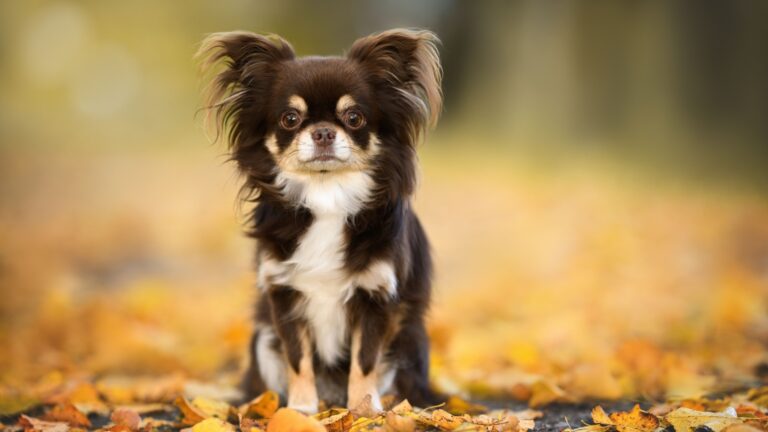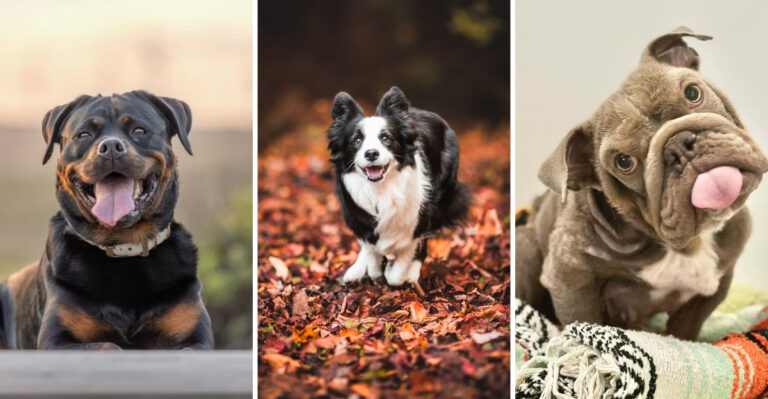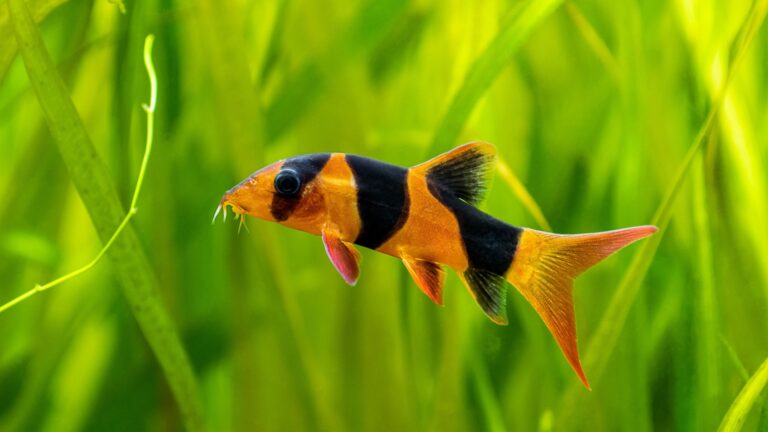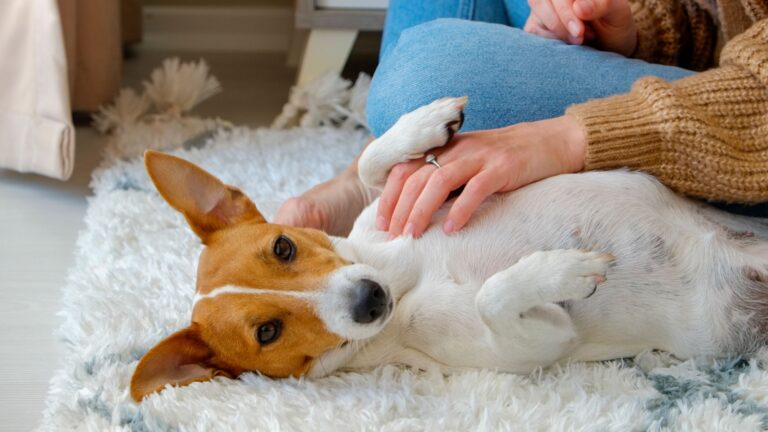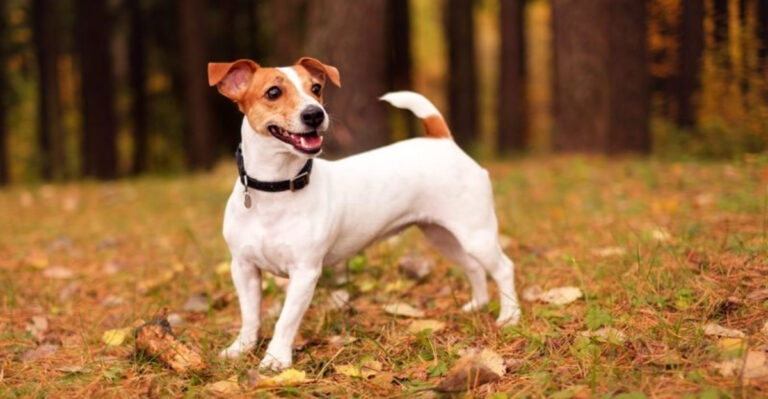12 Key Differences Between Coyotes And Dogs
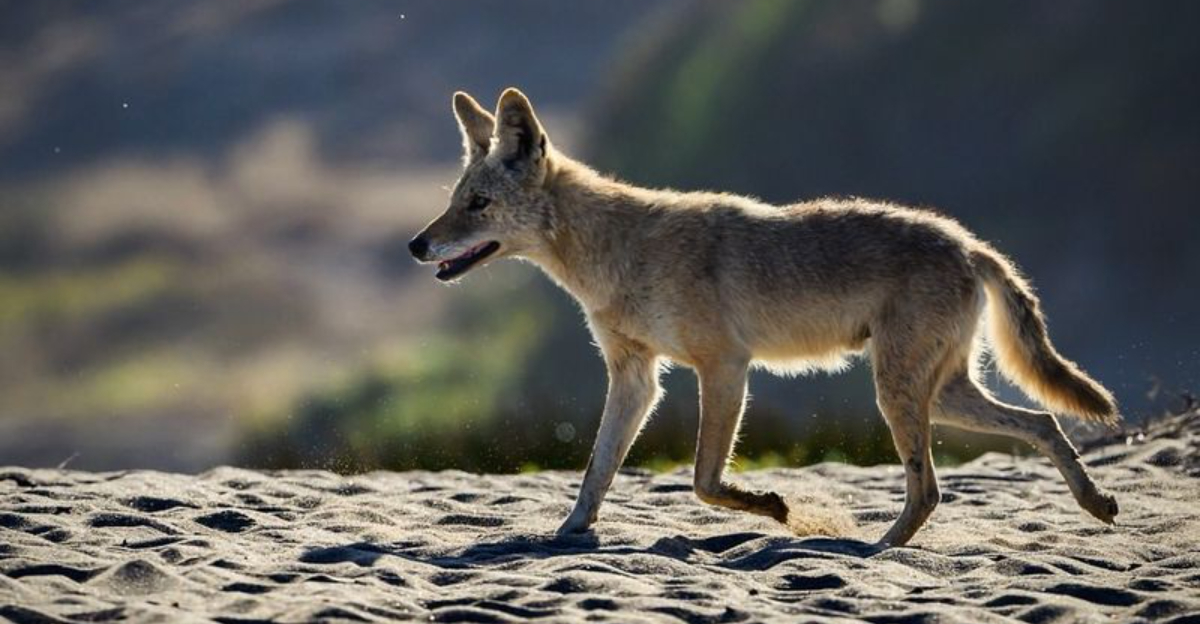
Coyotes and dogs may seem similar at first glance, but they are two distinct species with a variety of differences.
While they share a common ancestry, their evolution has led them along different paths, resulting in unique characteristics and behaviors.
For anyone curious about the wild world of coyotes versus the familiar realm of dogs, this exploration will highlight some key differences between these fascinating creatures.
Whether you’re a wildlife enthusiast, a pet owner, or simply intrigued by nature, these insights provide a deeper understanding of both species.
1. Physical Appearance
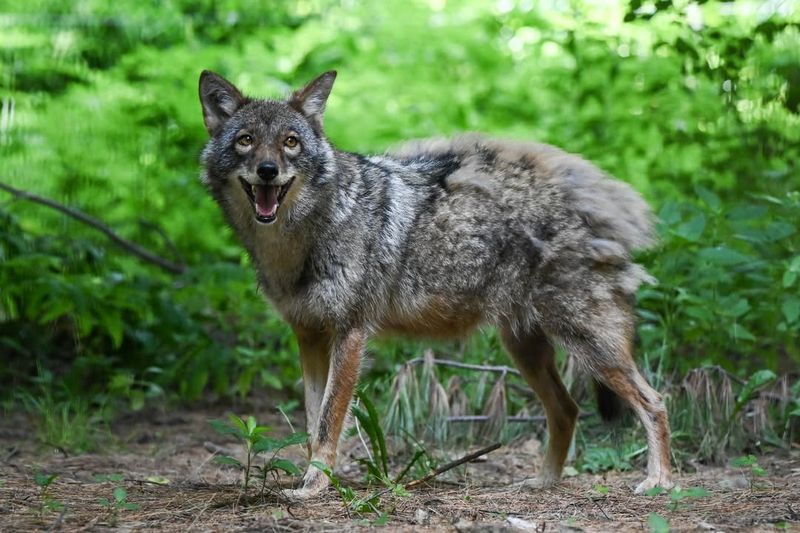
Coyotes and dogs can look quite different, even though they both belong to the Canidae family. Coyotes have a more streamlined physique, with a narrow, pointed snout and long, thin legs that are built for speed and endurance.
Their fur is typically grayish-brown, blending perfectly with wild landscapes. In contrast, domestic dogs boast a wide range of sizes, colors, and coat types, thanks to selective breeding by humans.
While some dogs might resemble coyotes, such as certain breeds like the Alaskan Malamute or German Shepherd, others, like the Pug or Dachshund, are wildly different.
The diversity in dog appearances is a testament to human intervention, shaping them for various purposes from companionship to work.
Coyotes, untamed and unchanged by human hands, exemplify survival, with features perfectly adapted to their natural environments.
Their bushy tails, often tipped with black, are a distinguishing feature from many dogs’ tails, which vary greatly.
This stark contrast in appearance showcases how evolution and domestication have charted different courses for these two canines.
2. Habitat And Range
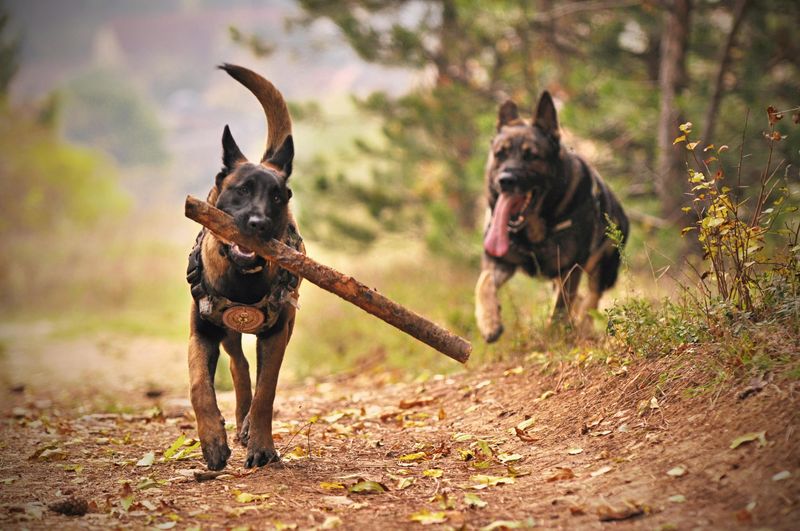
The habitats of coyotes and dogs reflect their lifestyles and evolutionary paths. Coyotes are native to North America and have adapted to thrive in various environments, from deserts and forests to urban areas.
Their incredible adaptability has allowed them to expand their range significantly over the years. Coyotes are often seen navigating suburban neighborhoods, adapting to the presence of humans while maintaining their wild essence.
Dogs, however, are not limited to a specific natural habitat. Thanks to domestication, they are found across the globe, living in environments as diverse as luxury apartments in bustling cities to farmhouses nestled in the countryside.
This wide distribution is a result of their close relationship with humans, who have taken them to every corner of the Earth. The fact that dogs live where humans do highlights their role as companions, while coyotes remain creatures of the wild, often avoiding human settlements despite their proximity.
This fundamental difference in living environments underscores the divergence between these two species, shaped by nature and nurture.
3. Social Behavior
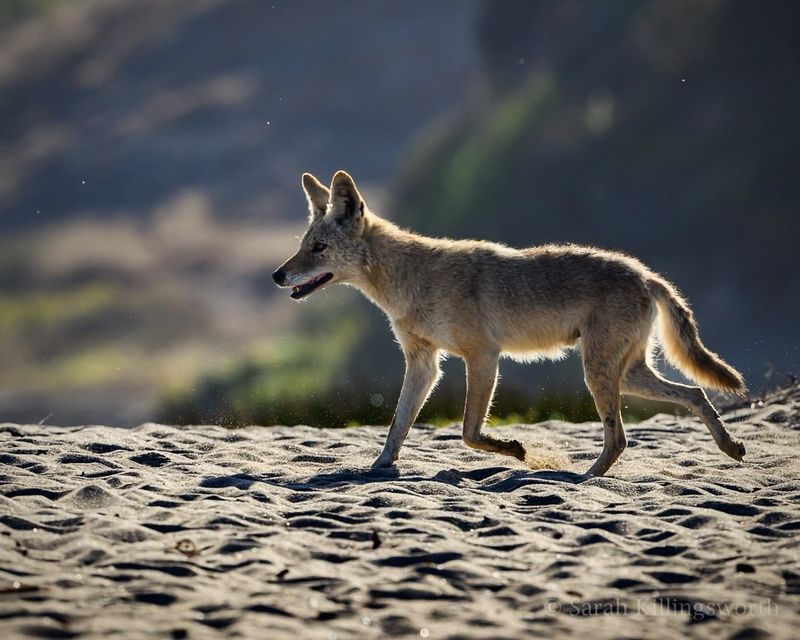
Social structures in coyotes and dogs vary significantly, influenced by their domestication and survival needs. Coyotes are known for their complex social structures, often living in family units consisting of a breeding pair and their offspring.
This pack mentality aids in hunting and territorial protection. In contrast, domestic dogs have a social structure shaped by human interaction. They are pack animals by nature, but their pack typically consists of their human family and other pets.
Dogs have been bred to be sociable and adaptable to human lifestyles, often forming bonds with various species, including cats and even birds. Coyotes, however, maintain distinct boundaries within their packs, with clear hierarchies and roles.
Their interactions are often limited to fellow coyotes, emphasizing their wild instincts. These differences in social behavior reflect the impacts of domestication on dogs, making them more versatile in social settings compared to their wilder cousins.
Understanding these social dynamics enhances our appreciation of how coyotes and dogs communicate and coexist with their respective communities.
4. Diet And Hunting
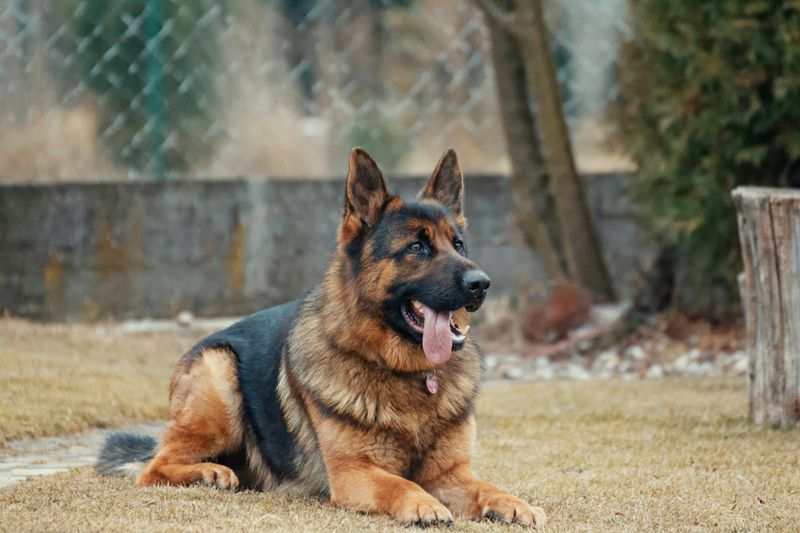
The dietary habits of coyotes and dogs are shaped by their environments and roles. Coyotes are opportunistic feeders, with a diet that includes small mammals, birds, insects, and even fruits and vegetables.
Their adaptability in hunting and scavenging makes them efficient survivors in the wild. They’ll adjust their diet based on availability, showcasing a flexible approach to nutrition. On the other hand, domestic dogs rely on humans for their meals.
Their diets are typically composed of commercial dog food, formulated to meet nutritional needs, or homemade meals prepared by their owners. While some dogs have retained hunting instincts, domestic life has softened their predatory behaviors.
Unlike coyotes, dogs seldom need to hunt for survival, their meals being served at regular intervals. This fundamental difference in feeding highlights how coyotes maintain their independence through foraging and hunting, while dogs depend on human care.
These dietary distinctions underscore the divergence in lifestyle and survival strategies between these two fascinating canines.
5. Communication
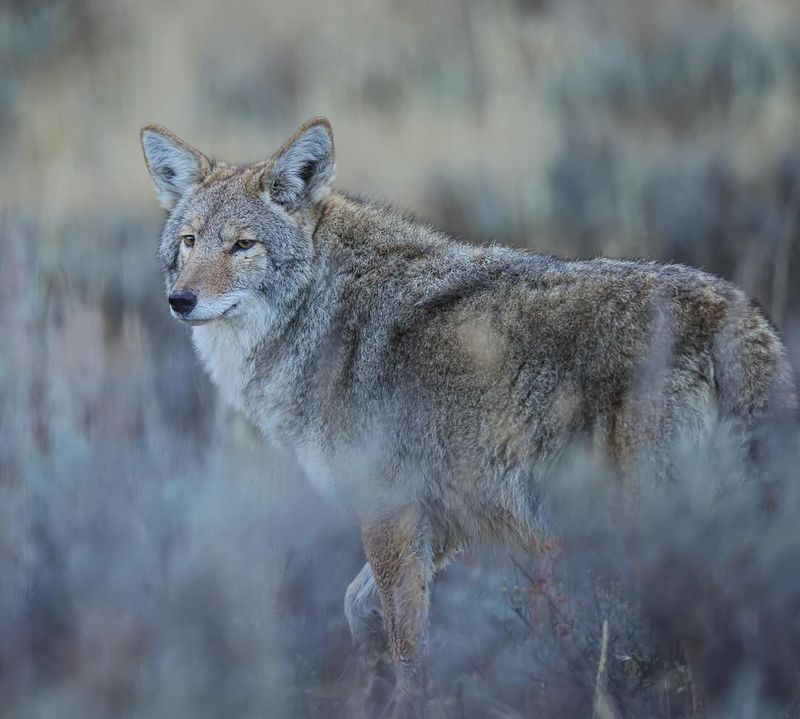
Communication in coyotes and dogs reveals much about their social interactions and needs. Coyotes are renowned for their vocalizations, including howls, yips, and barks, which serve as tools for communication within the pack.
These sounds help in establishing territory, coordinating hunting, and alerting family members to potential dangers. Their vocal repertoire is complex and vital for survival, fostering group cohesion and strategy.
Dogs, too, communicate vocally but have a wider array of sounds at their disposal thanks to human influence. They bark, whine, growl, and whimper to express a range of emotions from excitement to fear.
Dogs have also developed non-verbal cues, relying on body language to interact with humans and other animals. Tail wags, ear positions, and facial expressions are part of their communicative toolkit.
While both canines use vocalization as a primary means of communication, dogs have evolved to tune into human emotions and gestures, making their interactions more nuanced and reflective of their domesticated status.
6. Reproduction
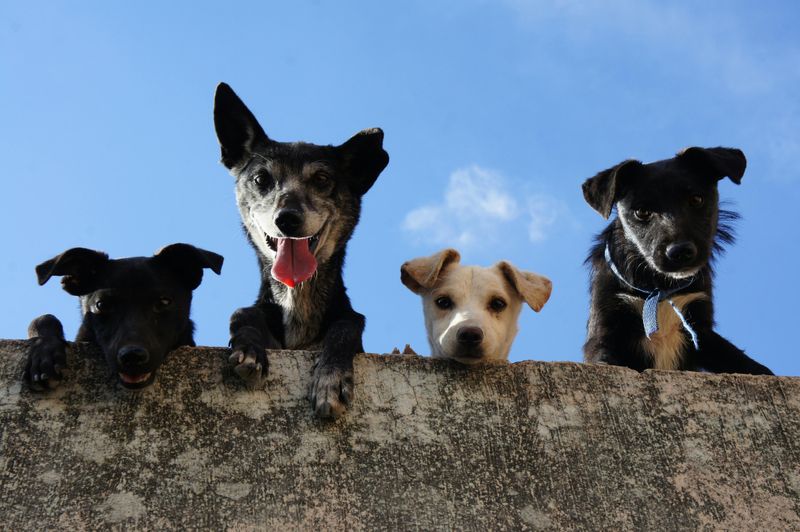
Reproductive habits in coyotes and dogs reveal interesting evolutionary adaptations. Coyotes typically have one breeding season per year, with pups born in the spring. This timing ensures that young coyotes grow during a period of plentiful resources, increasing their chances of survival.
Coyote parents are highly involved, with both the mother and father participating in raising the young, teaching them hunting skills and social behaviors crucial for survival in the wild.
In contrast, domestic dogs have been bred to have multiple breeding cycles throughout the year, a trait that allows for more frequent reproduction. This trait reflects their domesticated lifestyle, where they are not bound by the same seasonal constraints as their wild relatives.
Dog litters can vary in size, and while the maternal bond is strong, human intervention is often key in rearing puppies, providing food, shelter, and medical care.
These reproductive differences showcase the influence of natural selection in coyotes, as opposed to the human-driven breeding practices that shape domestic dogs.
7. Lifespan And Health
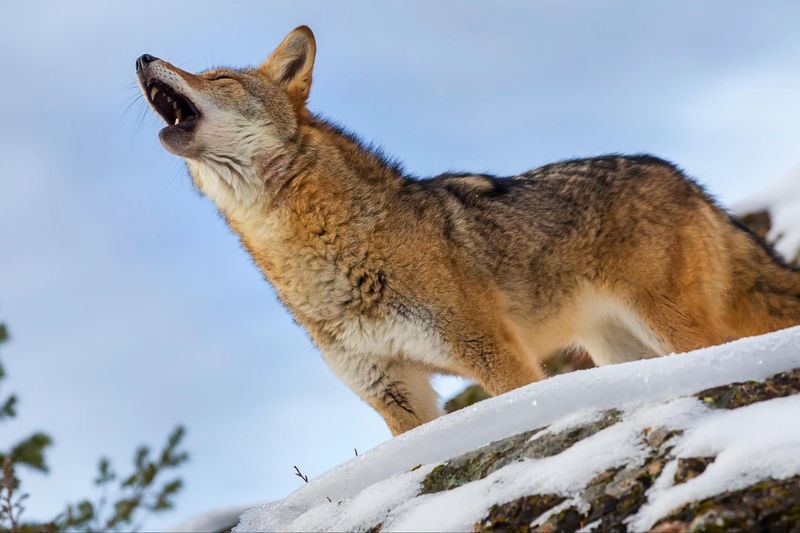
The lifespans and health concerns of coyotes and dogs highlight their differing lifestyles. Coyotes, living in the wild, typically face more threats and have shorter lifespans, averaging around 6 to 8 years.
Predators, disease, and human interactions pose constant challenges, affecting their overall longevity. Despite these risks, coyotes possess remarkable resilience, with natural instincts that help them navigate their harsh environments.
In contrast, domestic dogs benefit from human care, leading to longer lifespans ranging from 10 to 15 years, depending on breed and health management. Veterinary care, a stable diet, and a secure environment contribute to their extended lives.
However, dogs are also susceptible to breed-specific health issues, often influenced by genetics and lifestyle. The varied lifespans and health challenges between these canines emphasize the impact of living conditions and human intervention.
While coyotes depend on their innate survival skills, dogs thrive under human protection, illustrating two distinct approaches to health and longevity.
8. Intelligence And Problem-Solving
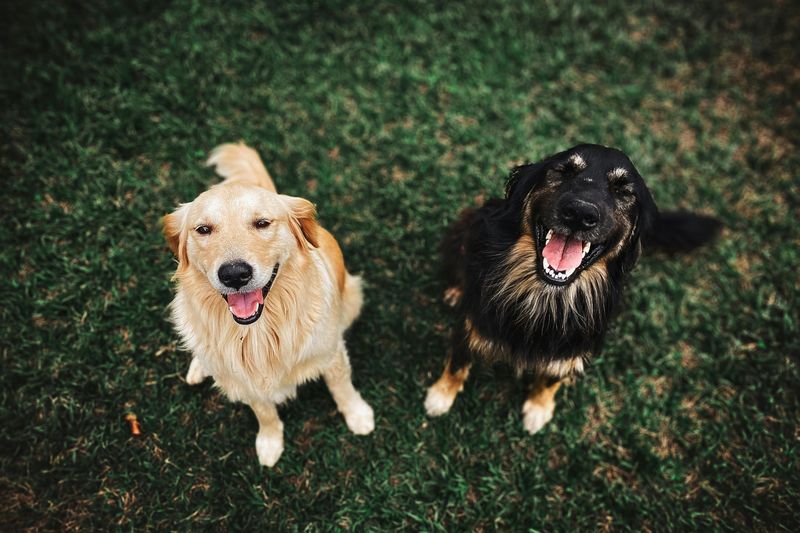
Coyotes and dogs exhibit intelligence and problem-solving skills in intriguing ways. Coyotes are known for their cunning and adaptability, often devising clever strategies to access food and avoid threats.
Their ability to solve problems in the wild is a testament to their survival instincts, allowing them to thrive in diverse environments. Coyotes have been observed working collaboratively to outsmart prey or navigate human obstacles, showcasing their strategic thinking.
Dogs, on the other hand, display intelligence shaped by human interaction. They are known for their ability to learn commands, perform tasks, and even solve complex puzzles designed by their owners.
This intelligence is often directed toward pleasing humans, reflecting their domesticated role as companions. While both canines are intelligent in their own rights, coyotes’ problem-solving is geared towards survival, while dogs often use their brains to engage with and entertain their human families.
These differences in intelligence reflect the varying demands of their environments and relationships with humans.
9. Adaptability
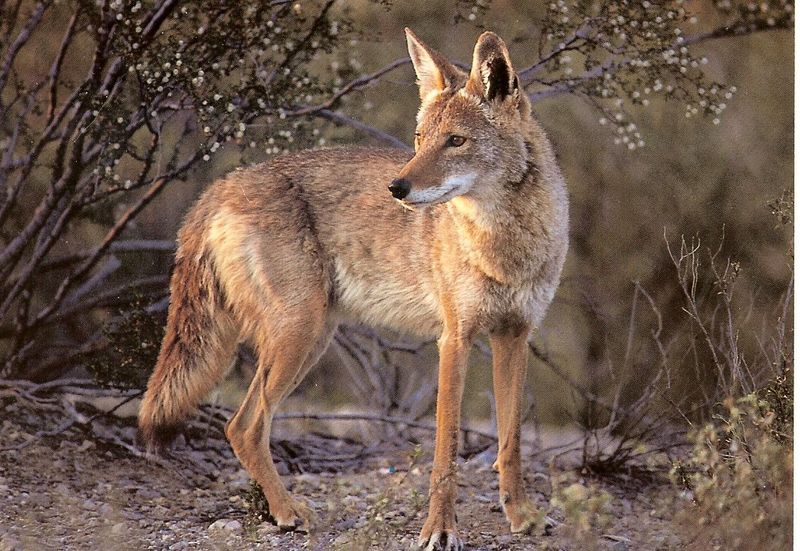
Adaptability is a hallmark of both coyotes and dogs, though it manifests in distinct ways. Coyotes are incredibly adaptable, able to thrive in both wild and urban environments. T
heir ability to adjust to changing circumstances, such as human encroachment or shifts in prey availability, is a key factor in their survival success. Coyotes have been observed navigating city streets, using their keen senses and cunning to exploit new resources.
On the flip side, domestic dogs exhibit adaptability through their capacity to fit into diverse human lifestyles and homes. Whether in a bustling city apartment or a quiet rural farm, dogs adjust to the routines and expectations of their human companions.
This adaptability highlights their role as versatile pets, capable of forming deep bonds with people across various cultures and living situations. While both species demonstrate impressive adaptability, coyotes do so out of necessity, while dogs adapt to enhance their roles within human society.
10. Vocalization And Sound
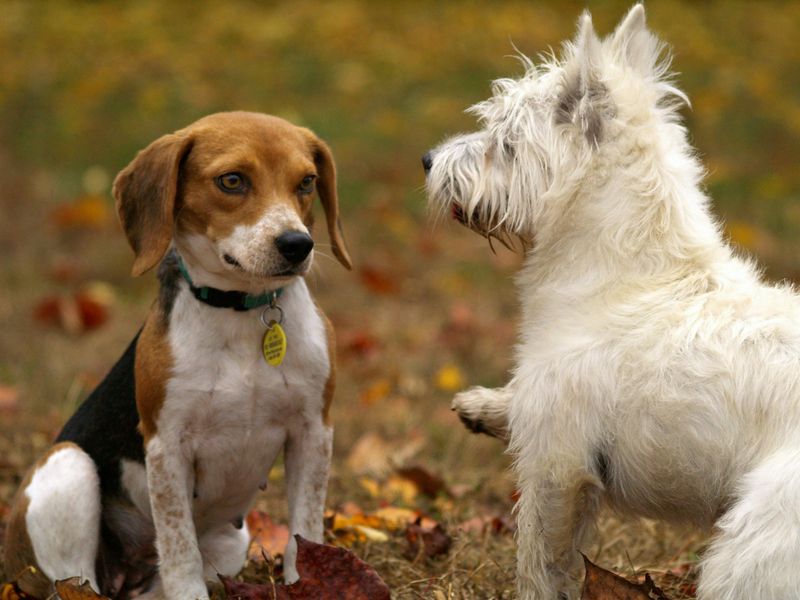
Vocalization plays a vital role in the lives of both coyotes and dogs, though the purposes and nuances differ. Coyotes use vocalizations prominently, with their howls serving as a means to communicate over long distances, establish territory, and coordinate pack activities.
These eerie calls are often heard at night, resonating across the landscape, creating an atmosphere of wild mystery. Coyotes’ vocal dexterity is crucial for maintaining social bonds and enhancing survival strategies.
Dogs, however, have developed a broader range of sounds through domestication, catering to interaction with humans and other animals. Their barks, howls, growls, and whimpers convey emotions, intentions, and responses to their surroundings.
Dogs use vocalizations to alert their owners of strangers, express joy or anxiety, and even engage in playful communication. The evolution of vocalization in dogs reflects their role as companions, emphasizing communication tailored to human interaction.
Though both canines are vocally expressive, their sounds highlight differing needs and relationships with the world around them.
11. Relationship With Humans
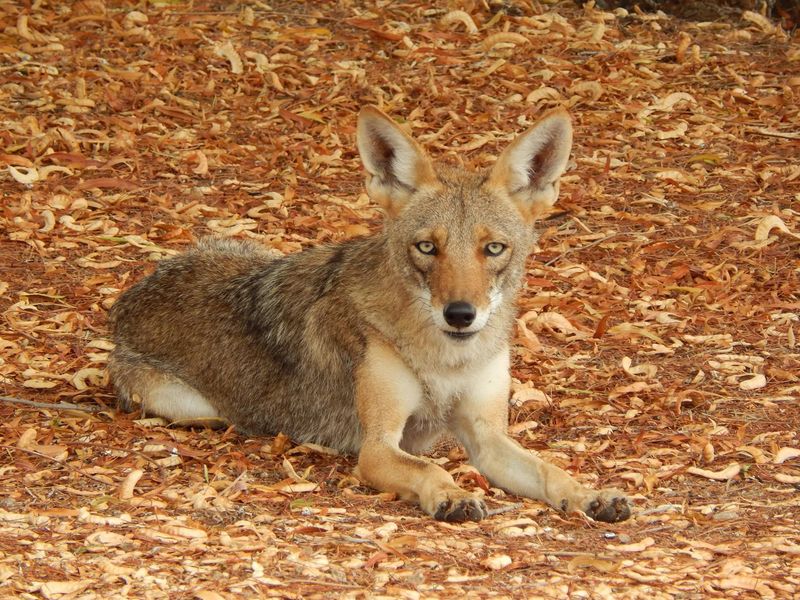
Coyotes and dogs exhibit distinct relationships with humans, shaped by history and lifestyle. Coyotes, though often living near human settlements, maintain a wary distance. Their interactions with humans are mostly opportunistic, searching for food or shelter while avoiding direct contact.
This cautious approach stems from their wild nature and the threats posed by human activities. Coyotes are often misunderstood, leading to conflicts and negative perceptions. Dogs, however, have forged a deep bond with humans over thousands of years.
Bred for companionship, protection, and work, dogs thrive in human company, forming loyal and affectionate relationships. They are integral to many households, often considered family members. This stark contrast in human relationships showcases the divergence between these two canines.
While coyotes retain their independence and wariness, dogs have become cherished companions, demonstrating the profound impact of domestication.
Understanding these relationships enriches our perception of both species, highlighting the complexities of coexistence with humans.
12. Conservation And Human Impact
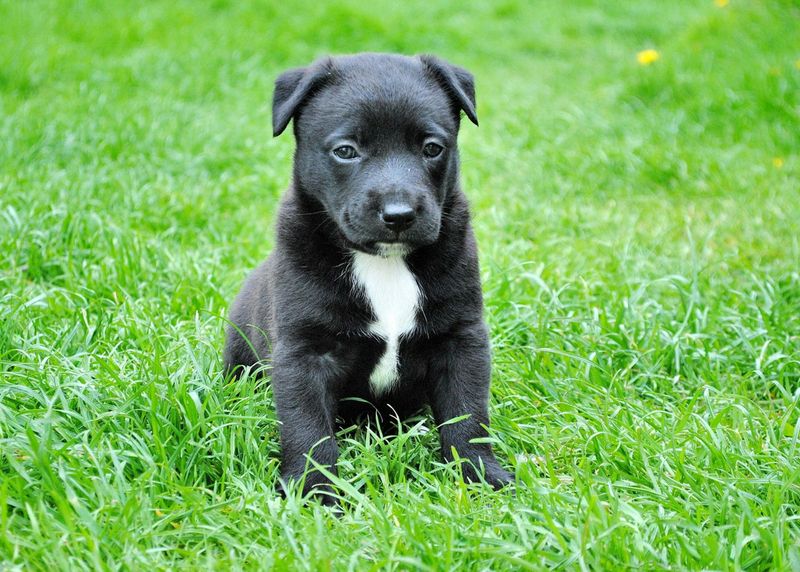
Conservation and human impact on coyotes and dogs reveal differing challenges and efforts. Coyotes, adaptable yet often maligned, face threats from habitat loss, hunting, and urban encroachment.
Conservation efforts focus on coexistence, promoting understanding and mitigating conflicts between coyotes and humans. Initiatives often involve public education, emphasizing the ecological role of coyotes in controlling rodent populations and maintaining biodiversity.
In contrast, dogs benefit from human care, with adoption and rescue initiatives addressing issues such as overpopulation and abandonment. Shelters and organizations work tirelessly to find homes for stray and abandoned dogs, highlighting the responsibilities of pet ownership.
The impact of humans on both species underscores the complexities of our relationship with nature and domesticated animals.
While coyotes navigate a world of challenges, often viewed as pests, dogs enjoy a symbiotic existence with humans, reflecting their status as beloved companions. These conservation dynamics illustrate the diverse roles humans play in shaping the lives of both wild and domestic canines.

